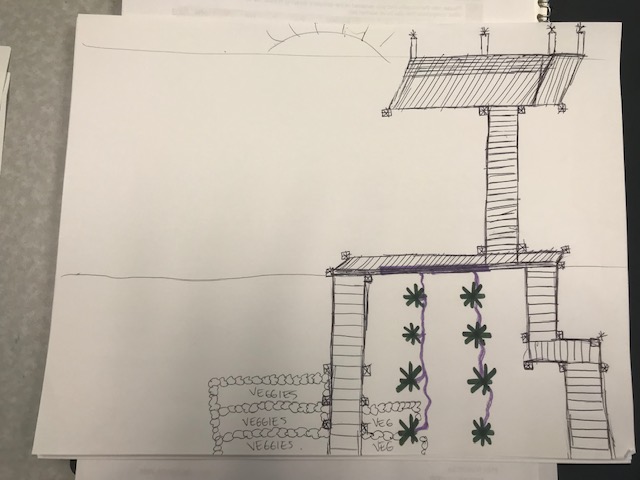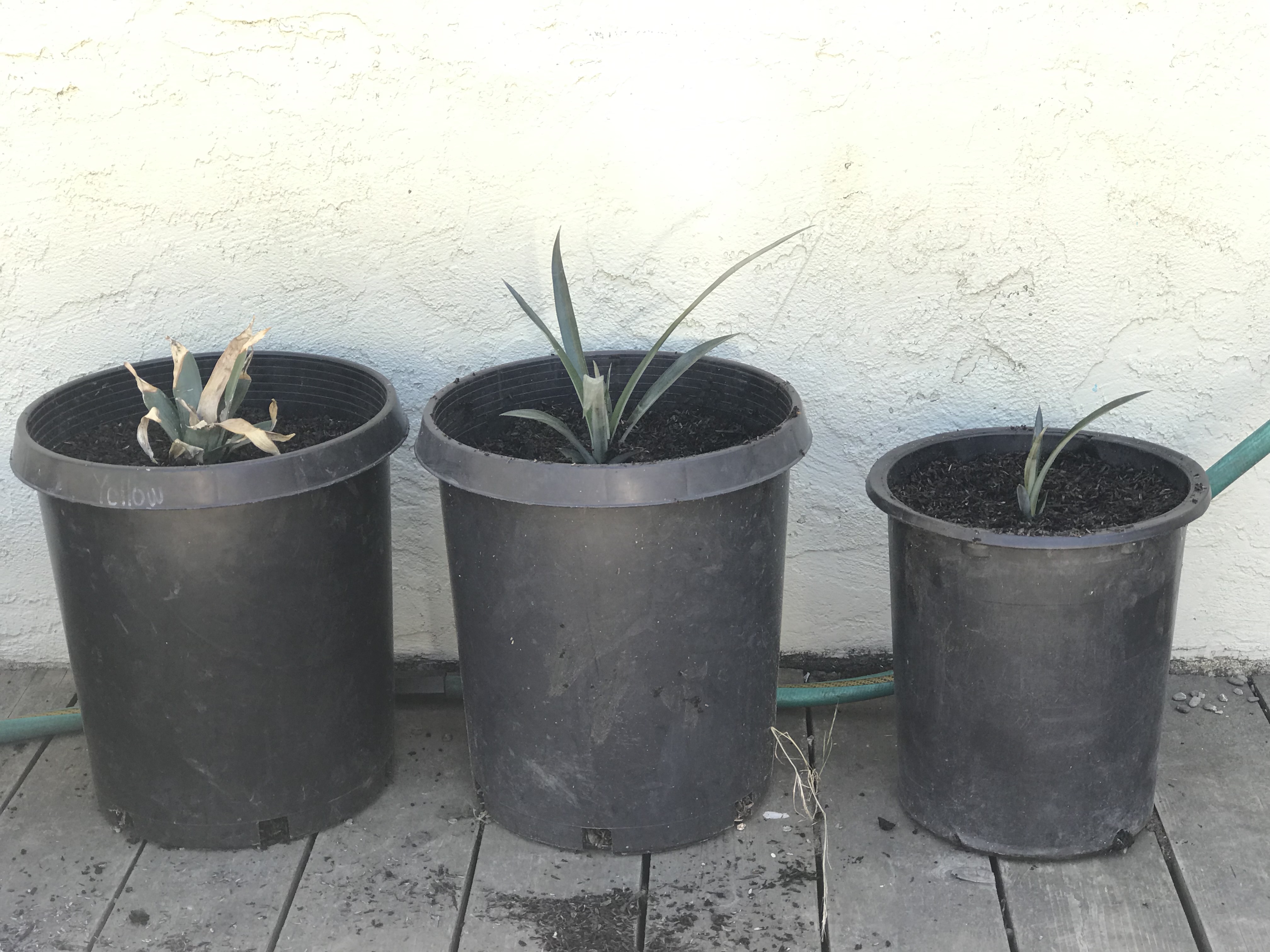I firmly believe this is only something someone that has children (and doesn’t have a full-time child caretaker available 100% of the time) can understand – staying home, taking care of a child, doing the housework, humoring a child, and, in my case, growing a child inside your belly is SO much more exhausting than an office job.
Yesterday was full of everything I just mentioned to you, but it all started with my son waking up with a soaked t-shirt, no pants, and no diaper. Yep- he had taken his pants AND his diaper off and had proceeded to pee in his crib. Why? I have no clue. It seems to be something he’s started doing in the last week and we’re not sure what to do about it besides buckle down on potty training. Any ideas or personal experience with this- please feel free to share.
Anyways, with pee-soaked child in arms I gave him a quick bath, decided that we were going to do no diaper all-day and start the heavy-handed potty training adventure. We’d offer him the potty every 40-45 minutes depending on how much he had been drinking, and hope for the best. Well… it didn’t get off to a great start. 15 minutes later I walk into the kitchen and he’s standing in front of our sliding door in his “I’m pooping” stance- you know what I’m talking about- feet planted, body clenched, and a face full of concentration.
Me: “What are you doing? Do you need to go potty?”
Him: “Nooo”
Me: “Are you sure you don’t need to potty?”
Him: Shakes his head no.
Me: “Okay.”
I step into the garage quickly to check on the laundry (it can’t have been 30 seconds), and when I come back into the kitchen what do I see? A bulge in the back of the training pants. *Insert hand to forehead emoji* So of course, we go change, clean up the poop on his bum, which of course the soft bits drag down his leg as I pull off the training pants and he proceeds to step in it. Great.
Fast forward about 10 minutes later when I’m making breakfast, I look down and there he is with some puddles and wet shorts. 20 minutes into the potty training day and I’ve already cleaned up human excrement and urine 3 times. My husband asks “Are you sure you want to stay home?” I scrunch my face and choose to ignore him, but in my head I’m questioning if I’m capable and patient enough to do it.
To make a short story event longer (but attempting to wrap it up), he peed on the floor one more time in the living room and when he walked back to the bathroom, this of course brought his pee covered foot prints all the way down our hallway. Thank goodness we have wood floors. However, we had no accidents after that and managed to get him to pee in the potty 2 or 3 more times throughout the rest of the day- WINNING!
We’re attempting it again today (which we woke to him with no pants or diaper and covered in pee), so wish us luck. I’ve yet to figure out why he does this at home, but not at daycare. They say he doesn’t have any accidents, and he’s not even 2 yet. Come on kid! Throw your mom and dad a bone!


















